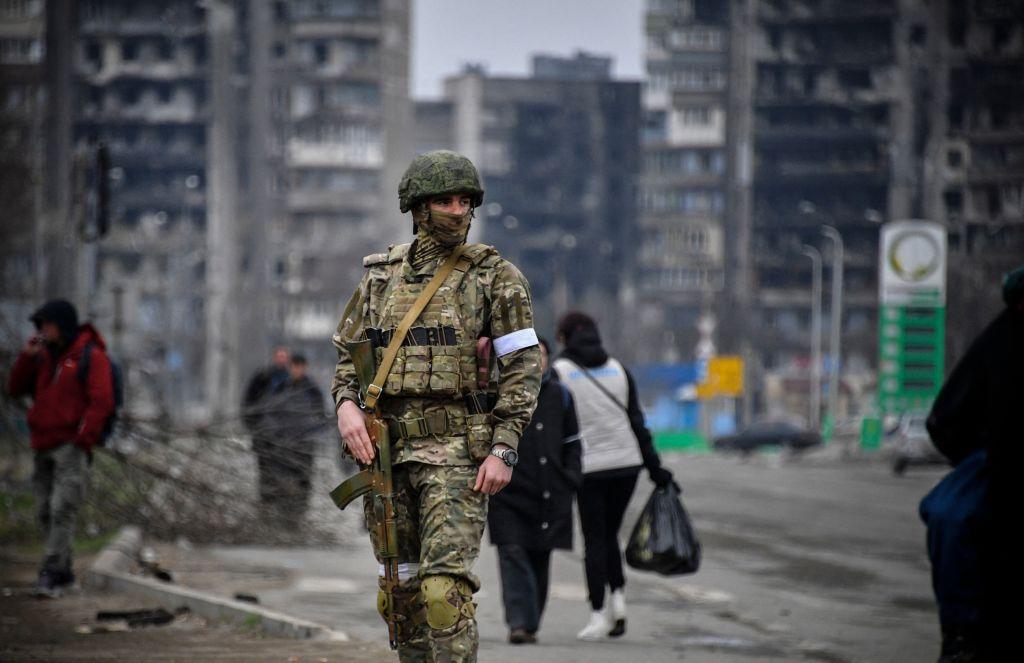Commentary
Our world is obsessed with saving lives. We survived COVID lockdowns imposed by governments claiming to keep us safe. Teams of burly footballers dropped to their knees because Black Lives Matter. The presumption of innocence wilts under the strain of laws designed to keep women safe.





